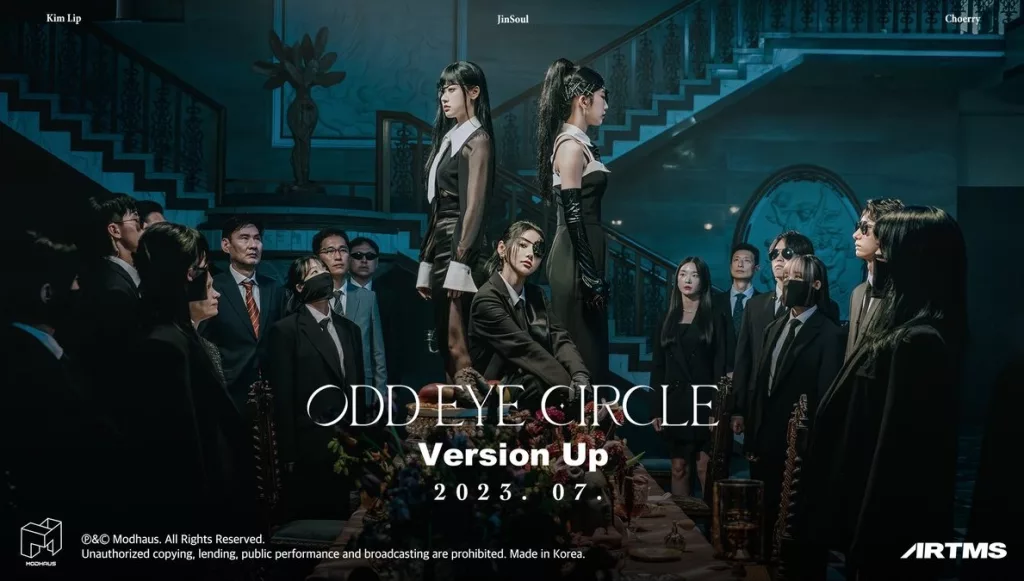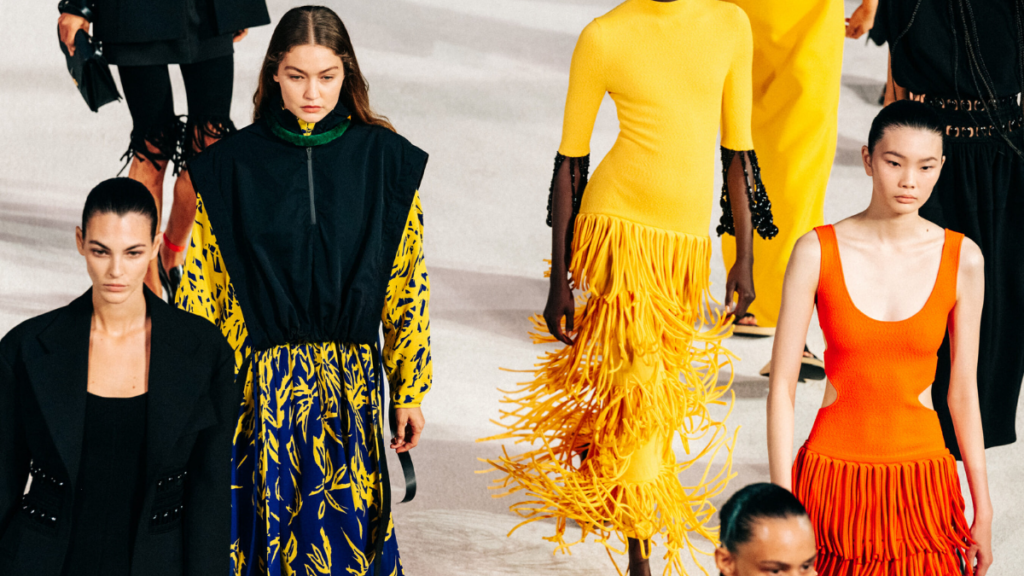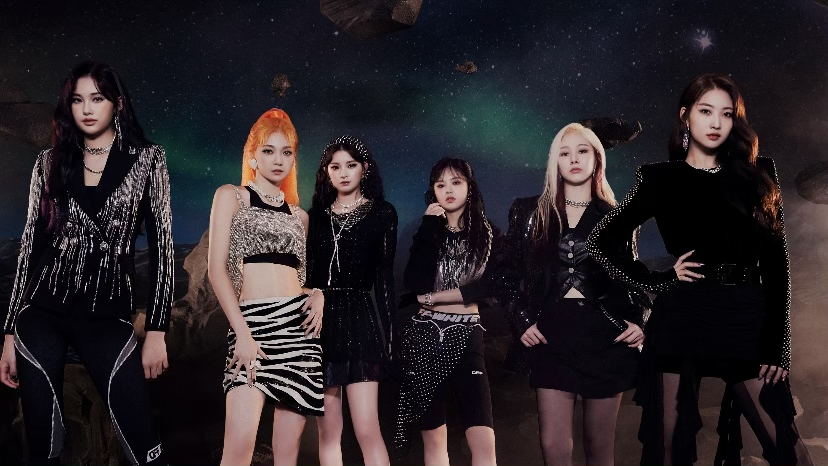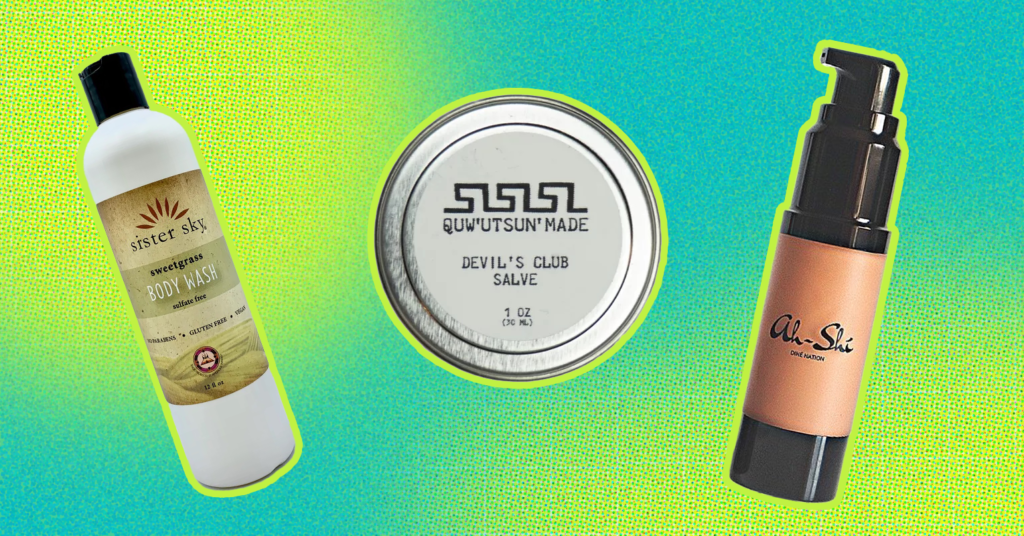A New Henna Art Era: The South Asian Gen Z Artists Leading the Movement
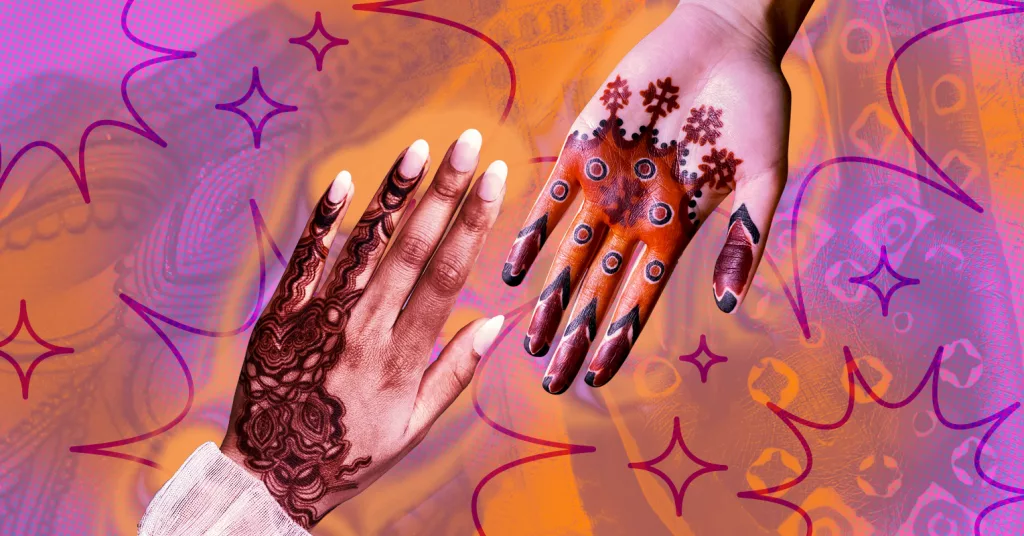
When we think of henna art, traditional patterns filled with paisleys and flowers generally come to mind. However, in a world where discrimination and alienation are rising, henna is more than body art. The maroon-hued markings have character and community entangled into each design. And while it may seem like a fun tradition, henna art allows people to express their identities. Gen Z has taken a new perspective into the art of henna and personalized it to their own individualities. They encourage the practice in their own communities and confidence to wear it proudly.
EnVi chatted with two Gen Z henna artists, Ruqaiyyah Patel and Maryam Adam, on henna art’s contemporary direction, illustration inspiration, cultural understanding, and more.
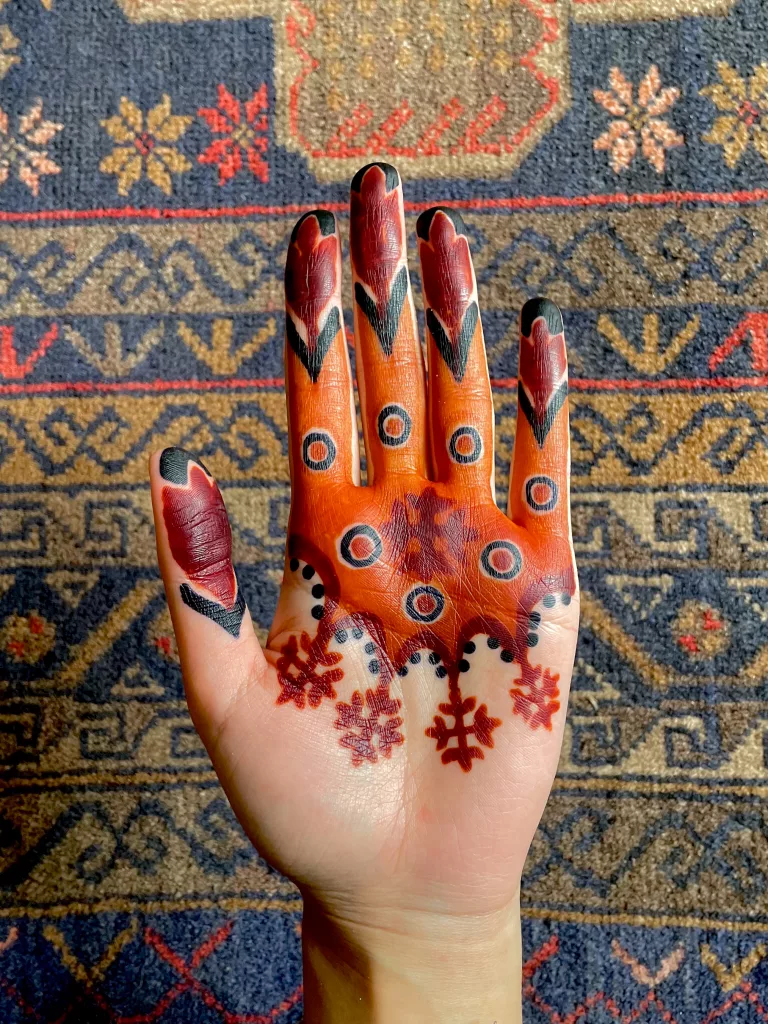
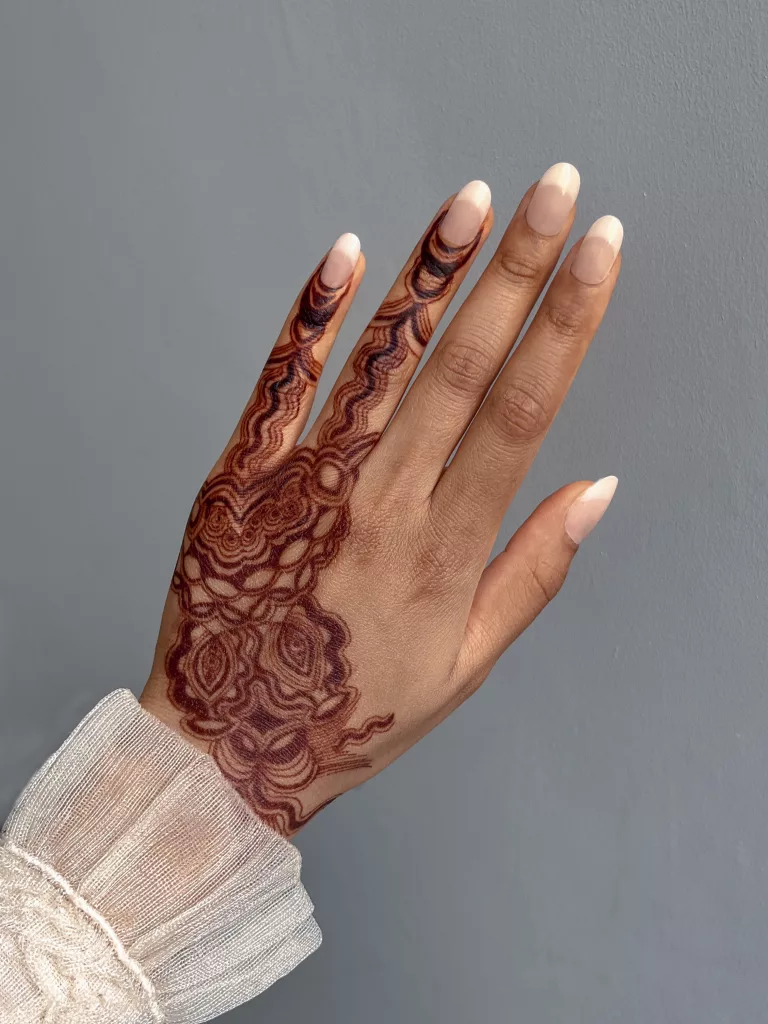
What is Henna?
Henna is natural and comes from the henna plant scientifically known as Lawsonia inermis. The sun-dried leaves and twigs of the plant are crushed into a fine powder and made into a thick paste. When applied, it leaves a deep red stain on the skin. Some believe that the ancient art of henna originated in Ancient Egypt, while others argue that henna art actually roots back to original Hindu Vedic Sanskrit texts. Regardless of its origin, henna is common across South Asia, Northern Africa, and the Middle East.
Many South Asian cultures believe if a person has a deep henna stain, they have strong luck and prosperity. Henna is also often incorporated in cultural celebrations such as weddings or holidays. Alta is another type of body art popular in the Bengal and Odisha regions of South Asia. Compared to henna, alta is a red dye. It also has cultural significance in South Asian cultures such as Bengali culture and Odisha. Women typically adorn their hands and feet during festivals such as Pohela Boishakh (Bengali New Year), Durga Puja, and for their own marriages. In Odisha, classical Odissi dancers also decorate their hands and feet while they perform.
Note: South Asians often use the word mehndi for henna. Mehndi is derived from the Sanskrit word “mendhika,” which refers to a dye releasing plant.
“Henna is Cool!” – Contemporary Artists Individualizing the Traditional Art Form
By reclaiming the traditional art form as their own, artists such as Dr. Azra and henna collectives like HuqThat are leading the contemporary henna movement Gen Z embraces as fashionable. On social media platforms such as TikTok and Instagram, bespoke designs as minimal as traces of butterflies and abstract illustrations, to intricate Spider-Verse-inspired patterns have gained traction. Among this generation’s talented henna artists, London-based Ruqaiyyah Patel and Maryam Adam have scoped out their own styles in the modern henna movement.
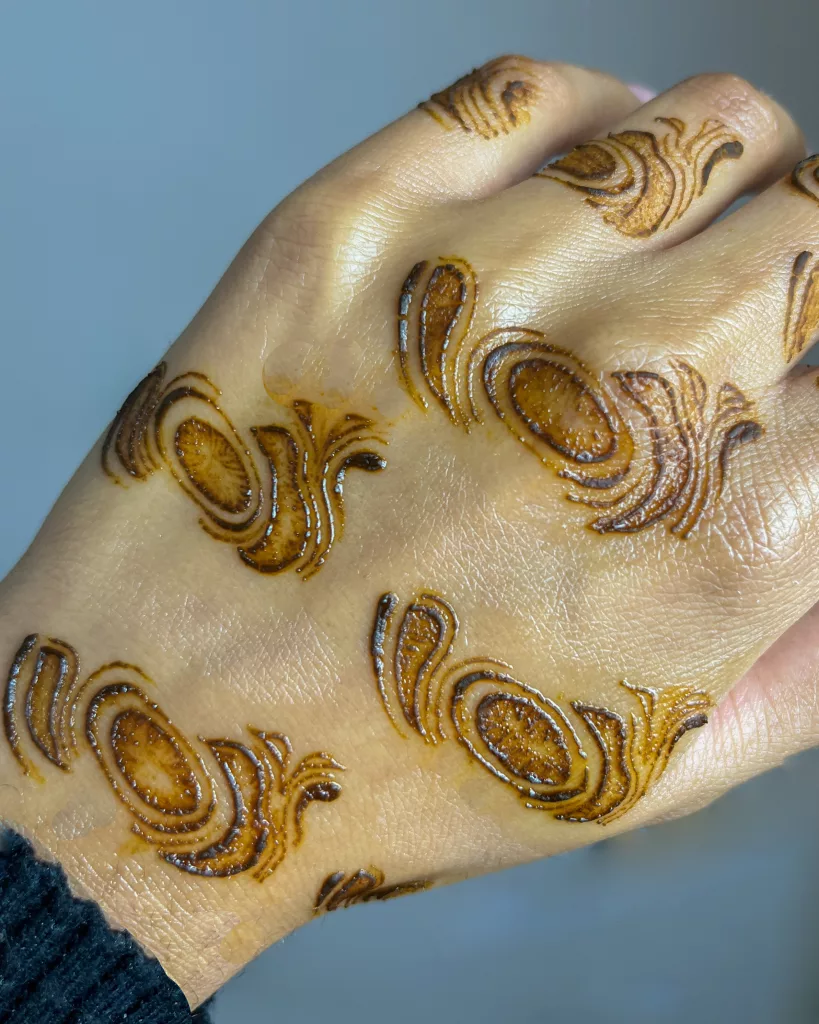
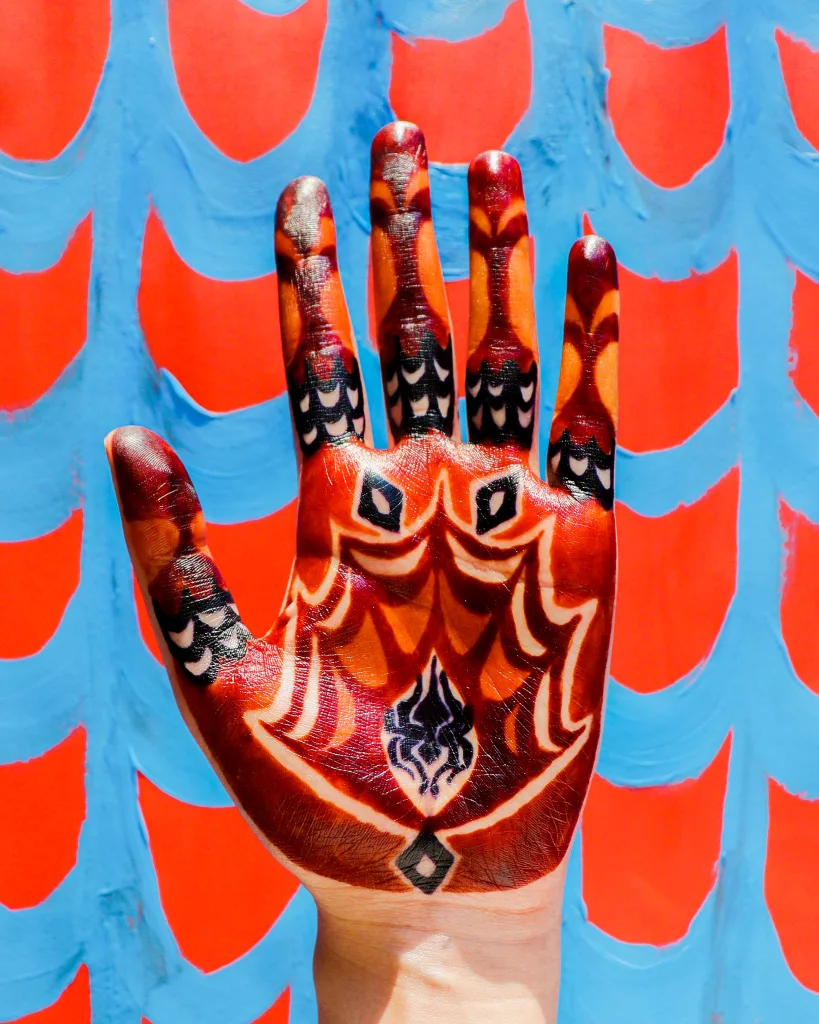
Ruqaiyyah Patel
Twenty-year-old London fashion student, Ruqaiyyah Patel, ties in her love of styling and fashion with her craftsmanship in henna art. Patel originally picked up doing henna art during the first COVID-19 lockdown. She remembers texting her friend that she wants to be known as the girl in college who always has mehndi on. “As a part of the diaspora, there is that feeling where you hold onto parts of your culture that are tangible, that involves a way to bond with people. I recognized it as a way to not only stay connected with my culture but also build a community with people outside my culture since henna has such diverse roots,” she explains.
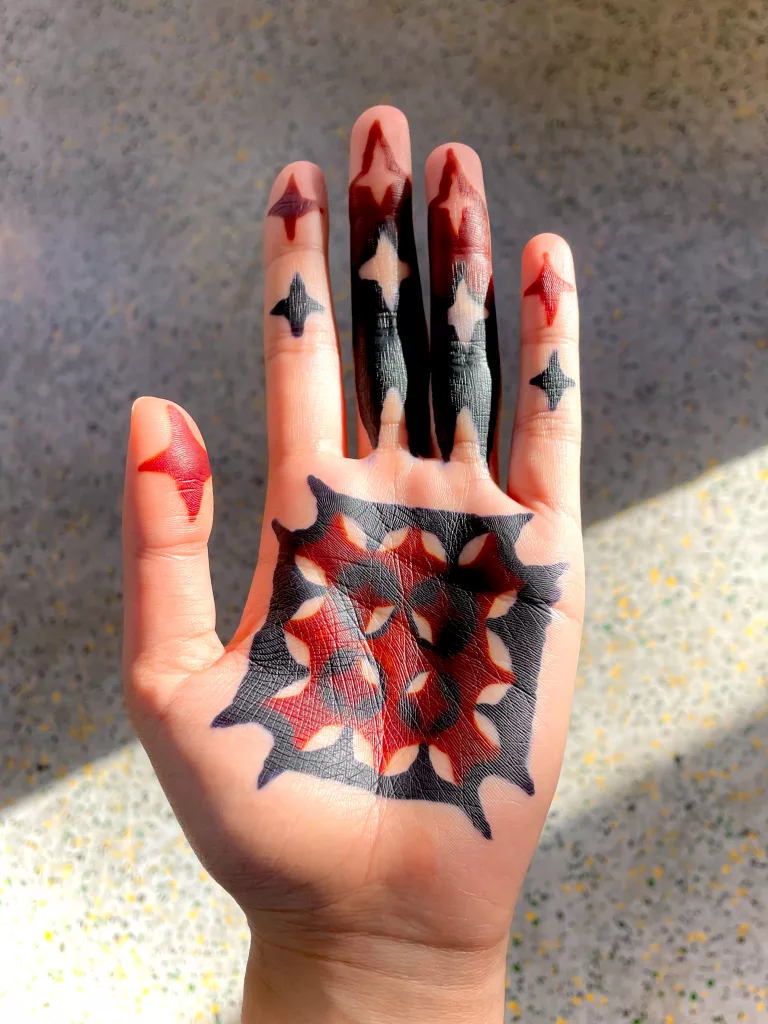
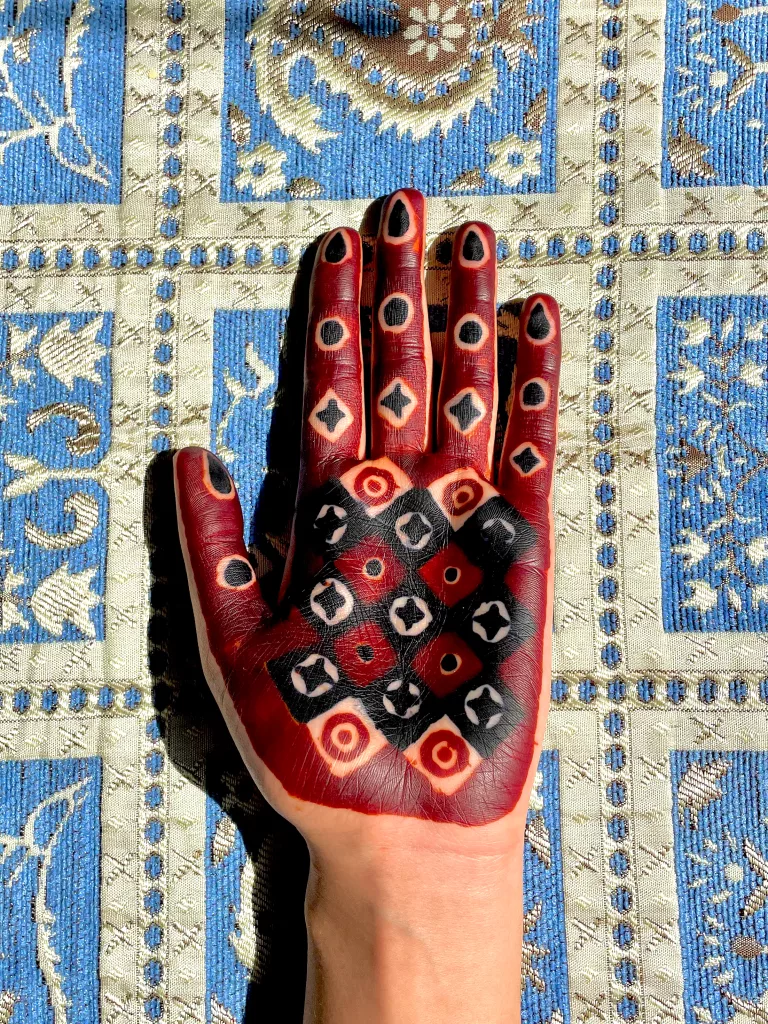
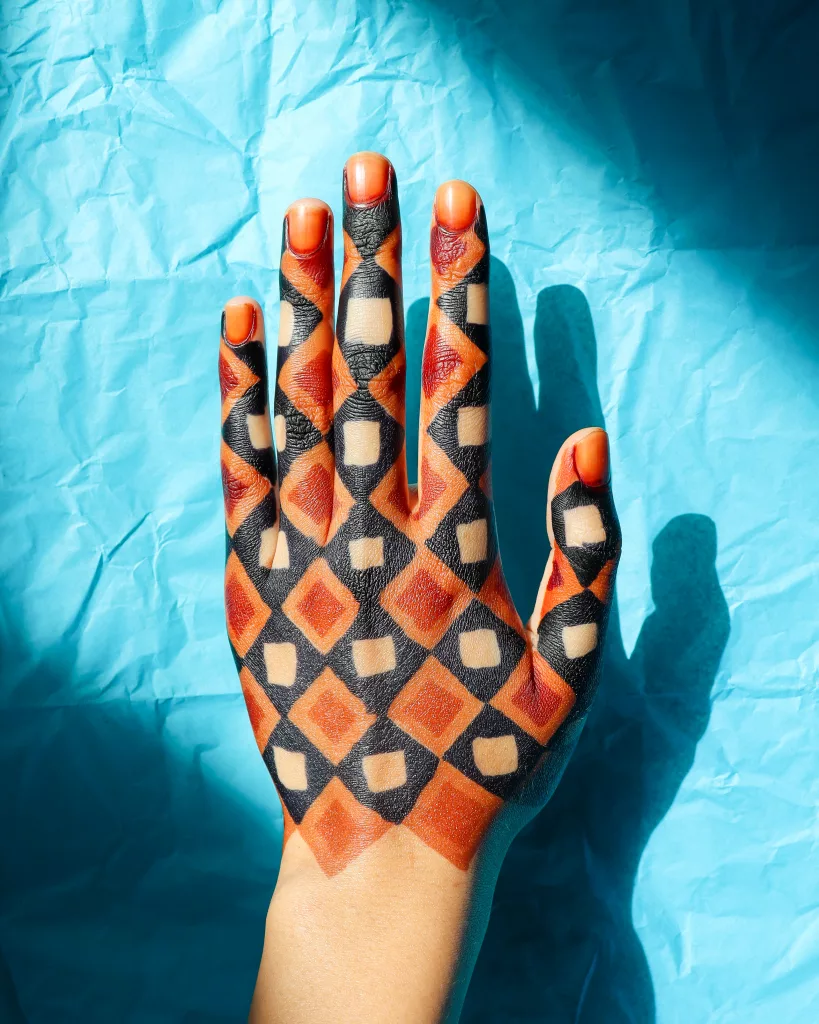
As a fashion student, Patel approaches and practices style through research which entails moodboards, concepts, and background context. The same goes for the way she approaches henna. “The designs I am creating always come with a reference, with pages full of sketches and illustrations to see how the design can develop. My style and henna go hand in hand when it comes to expressing myself to where I see henna as a part of my outfit and styling, it’s definitely an accessory and almost like getting your nails done,” says Patel. She finds inspiration in Islamic art, tile art, and the decoration of mosques not only exclusive to South Asia, but also North Africa and the Middle East.
“I think henna for a long time has been seen as something that has to be feminine and pretty to people’s aesthetics and look. We’re finally expanding past that and seeing henna for its history and the culture behind it,” Patel says. “What I enjoy about henna is that I am being constantly inspired by diverse people from so many different places and backgrounds all over the world. It’s a bonding moment and henna can bring you community, it can bring you inspiration for arts, it’s so versatile and beautiful.”
Maryam Adam
East London-based, 24-year-old Maryam Adam is an artist with a background in graphics, illustration, and communication design. She often works with the HuqThat henna collective. “Going into the art world was definitely a bit of a culture shock because you have to deal with being a Muslim in spaces that don’t really cater to you. I have always been a creative person, it’s who I am so it’s hard to shake even though there are people who always ask, ‘Are you sure you want a career in the arts?’”
Adam has been doing henna as early as 10 years old, professionally since five years ago when she took the art of henna to the next level and pursued it as an art medium. “Mehndi is definitely a craft form. Nowadays it’s more respected and held to a higher standard, but when I first started, it was still in a slow sort of range in terms of what styles people produced. The ability to have creative freedom made me fall in love with it. I still do a lot of traditional designs, but I love having my creative freedom with it and I think that’s with anything I do. I want to be able to enjoy it because it’s a lot of hard work and time consuming, yet it’s very rewarding.”
Multiple generations inherited henna across diverse regions and creates a sense of community. “Working with other henna artists is such a valuable thing, not even collaborating on a design, but rather just working alongside artists and it makes you love what you do especially when you’re working with lovely people like at HuqThat. It’s just working with creatives who get you and get what you do. We all love working together and at the end of the day it feels so fulfilling.”
Adam finds inspiration for henna art in all place; she incorporates surrealism into her general art practice as well as henna. “I definitely have a style, but I take inspiration from absolutely everything. The beautiful thing about henna is that it’s from so many different places and so many different cultures do it in such specific ways, it’s something that we can all ultimately bond over.”
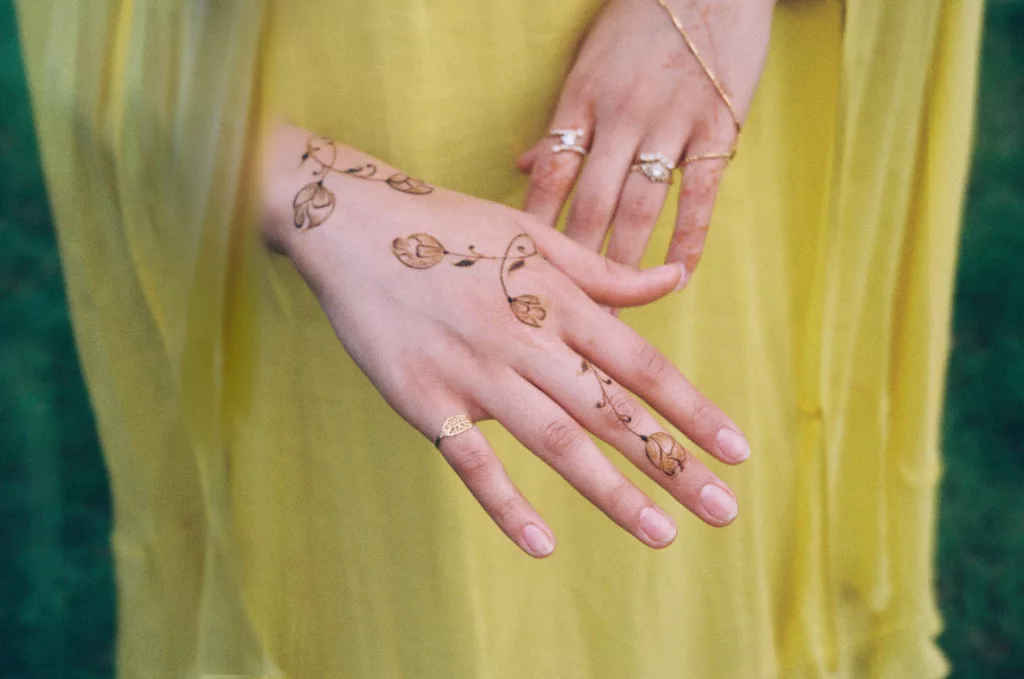
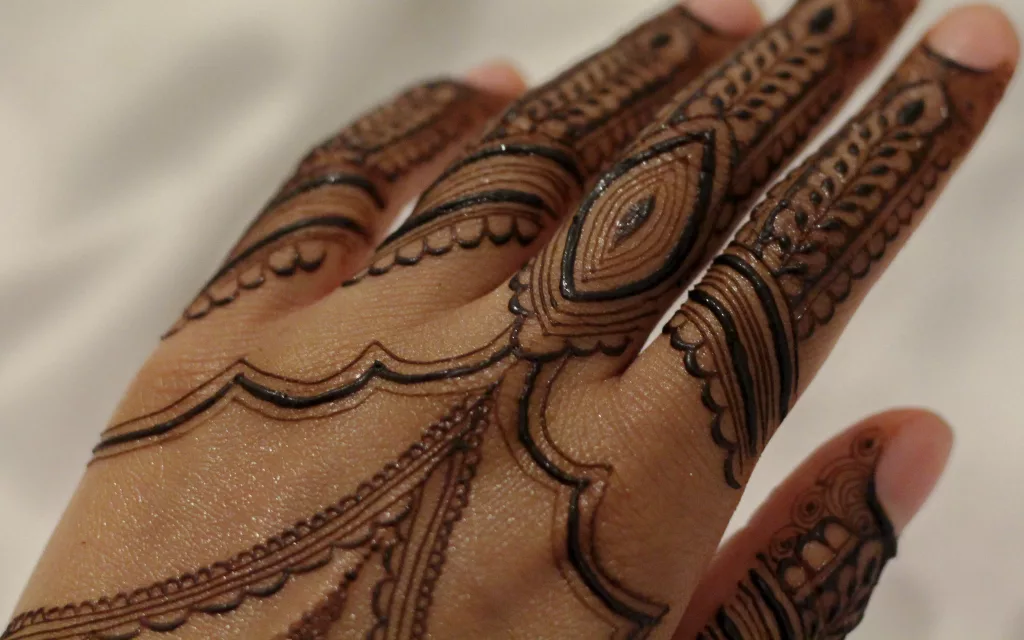
Contemporary and Traditional Henna
Adam believes design movements come back into fashion, just like vintage clothing. “Things come back in and out all the time, people have specific things they like and dislike,” she explains. “I think it’s great at the moment because everything is coming back into fashion and we can just cater to different people and styles. I feel like it’s a parallel with henna designs.”
On the other hand, Patel considers that this “contemporary” henna movement is more about exploring henna as an art medium, rather than a set style of art. She says, “It’s not really floral versus geometric designs, but about how henna is being explored. I’m inspired by diverse designs as a whole to explore my own style. I’m just trying something new each time, so I would say henna is in an exploration stage. What is seen as traditional henna has only now become widespread and intricate, and although there are cultural details… the level henna has grown to is far beyond what it originally was.”
Adam and Patel both believe that the contemporary designs they practice today mimic the traditional, simple designs past generations used to do. Patel states, “I think what people perceive as contemporary versus traditional is a bit skewed. Common bridal designs are just more popular. If you look historically, the designs I am making that are deemed contemporary actually have more similarities to traditional design instead of the trendy bridal styles.” Adam adds that the intricate designs are more like 2010s, but both styles interlock.
Adam dreams for henna to be an everyday sort of practice, not just for special occasions but incorporated into personal styles and beauty routines. “It’s such a lovely tradition that has been passed down, it’s truly a craft and I’d love for it to be appreciated and respected in the way that it should be,” she says.
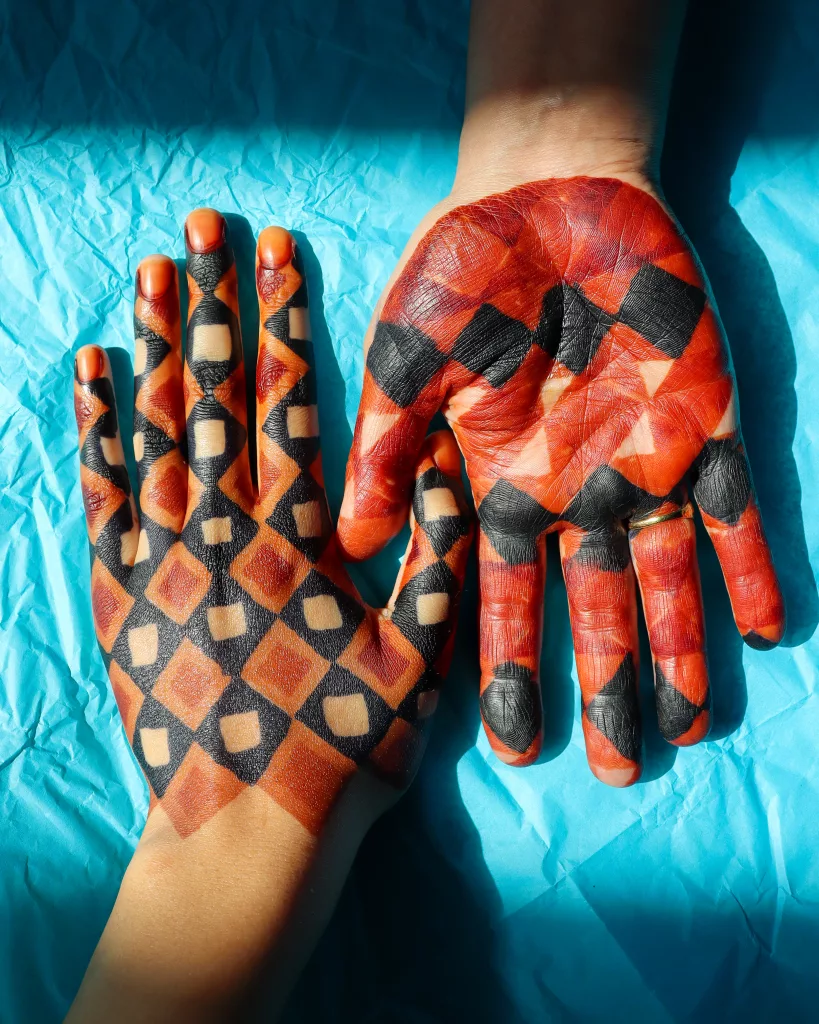
Henna, Assimilation, and Cultural Appropriation
As immigration to the Western world increased, Asian and African communities slowly adapted to a new world where henna was not openly appreciated. Young people of color in the Western world have had countless experiences when classmates and peers called the henna adorned on their hands dirty. The pungent fragrance didn’t help the case either. In other cases, many young people of color have always had the confidence to embrace the practice of henna art.
“While I’ve heard countless experiences of diaspora kids being picked on for adorning their hands with henna, I went to a very South Asian primary school. My neighborhood is a place where so many South Asian immigrants have started their families, so I never really felt separate or looked down on for my mehndi,” Patel says. “Because of that, I’m more able to see it less as reclaiming and more as an integral part of me. I respect the struggles people have gone through. My first touch with people really questioning henna was in college much later when I went to a very white college which was a bit of a culture shock.”
Many argue that the Western adoption of henna is a form of cultural appropriation. Adam mentions that “when it comes to cultural appropriation, it’s quite similar to fashion and rituals. If it’s for a specific event where you have been welcomed into the culture, there’s absolutely nothing wrong with that! However, if it’s on a daily basis and you make it into your career, while adopting the culture — to me, that’s very strange.” Adam adds that it’s ultimately something each individual has to decide for themselves. “Many people feel like there is nothing wrong with it, but I wouldn’t encourage that because of the long history with colonialism and racism. It’s really hard to deny that it’s unfair especially when people make it their whole personality.”
Similarly, Patel believes that the Western adoption of henna is almost a lack of cultural appreciation and the issue is rooted in exploitation. “The issue comes when our community — and ours, is very broad because henna is so diverse with roots in North Africa as a plant, but also so common in the Middle East and South Asia — is being exploited and if you’re not giving to those communities or seeking out your henna from those communities, that makes me question things like where is the line. I will point out that a lot of people see India as an exotic aesthetic and that becomes a whole other problem. As a Muslim Indian, peace in India is almost laughable. I appreciate that people take the time to learn about henna, but when they market it as their own, I wonder if that is appropriate. Is this a cultural exchange or have you just taken something from a culture and commodified it for your own means?”
Henna as an art form has been passed down through thousands of years, generations to generations, and each illustration is more than a design. The adorned hands filled with henna are a symbol of self expression, community, and culture. Understanding the diverse history of henna, sourcing it from the communities where henna originated, and amplifying talented henna artists is essential to ensuring that the art of henna is appreciated and continues to live on for centuries to come.
[Parts of this interview have been edited for clarity.]
Looking for a makeup brand that celebrates South Asian culture? Check out our Beauty Spotlight on Kulfi Beauty here!
